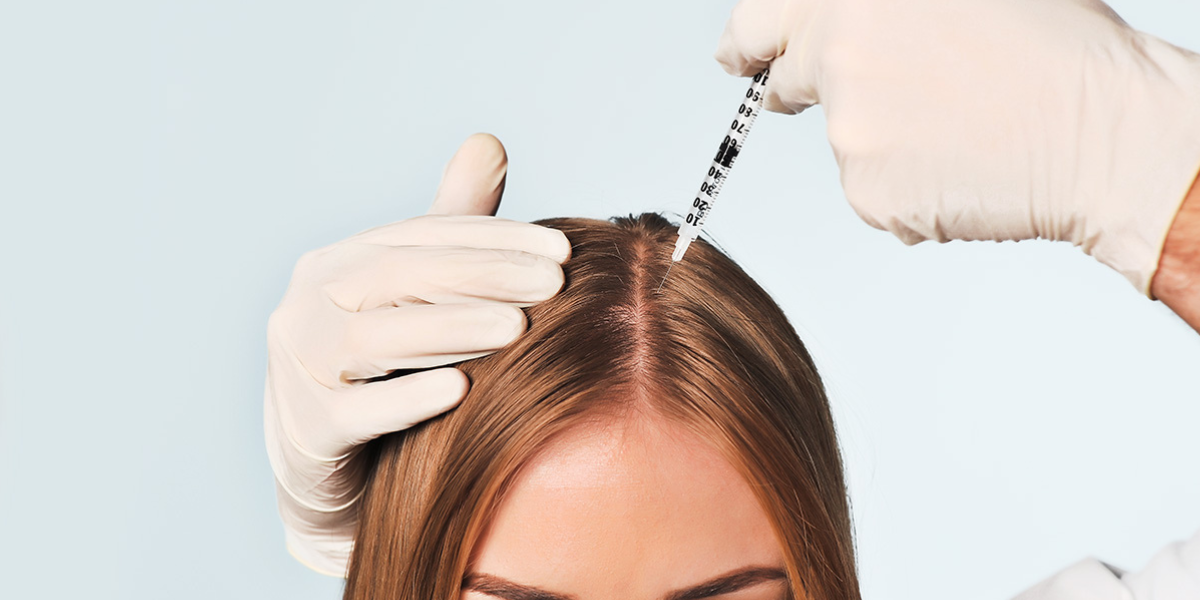Hair loss is a common concern for many people, and over the years, the field of medical trichology has made significant advancements in addressing this issue. The future of hair restoration looks promising, thanks to emerging technologies that offer innovative solutions to combat hair loss and promote hair regrowth. In this informative article, we will explore some of these cutting-edge technologies and their potential impact on the field of medical trichology. Additionally, we will introduce IICAD Academy, a professional institution renowned for its training programs in various aesthetic and medical fields.
Understanding Hair Loss
Hair loss, medically known as alopecia, can occur due to various factors, including genetics, hormonal imbalances, age, and lifestyle choices. It can affect both men and women and often leads to reduced self-esteem and confidence.
Emerging Technologies in Medical Trichology
1.Platelet-Rich Plasma (PRP) Therapy
PRP therapy is gaining recognition as a non-surgical and effective treatment for hair loss. This procedure involves drawing a small amount of the patient’s blood, processing it to concentrate the platelets, and then injecting the PRP into the scalp. Platelets contain growth factors that stimulate hair follicles, leading to increased hair thickness and density.
2. Low-Level Laser Therapy (LLLT)
Low-level laser therapy, also known as red light therapy, is a non-invasive treatment that uses low-level lasers or light-emitting diodes (LEDs) to stimulate hair follicles. LLLT is believed to increase blood flow to the scalp and promote cellular activity, which can lead to improved hair growth.
3. Hair Cloning and Stem Cell Therapy
Hair cloning and stem cell therapy are groundbreaking approaches in the field of hair restoration. These technologies involve the cultivation and multiplication of hair follicle cells and the transplantation of these cells into areas with hair loss. The goal is to create a sustainable source of hair follicles for transplantation, potentially revolutionizing hair restoration procedures.
4. 3D Bioprinting of Hair Follicles
Advancements in 3D bioprinting technology have opened up possibilities for creating artificial hair follicles. Researchers are exploring the feasibility of 3D-printing hair follicles using biocompatible materials and patient-specific data. While this technology is still in its early stages, it holds promise for personalized and precise hair restoration solutions.
The Role of IICAD Academy
IICAD Academy, known for its excellence in training professionals in various aesthetic and medical fields, also offers courses in the evolving field of medical trichology. As the demand for experts in hair restoration grows, IICAD Academy equips individuals with the knowledge and skills required to excel in this specialized area. Their programs cover topics such as PRP therapy, stem cell therapy, and the latest advancements in hair restoration technologies.
Summary
The future of hair restoration is evolving rapidly, thanks to innovative technologies that are reshaping the field of medical trichology. From PRP therapy and low-level laser therapy to hair cloning and 3D bioprinting, these emerging technologies offer hope to those dealing with hair loss. As the industry continues to advance, institutions like IICAD Academy play a vital role in training professionals to meet the growing demand for expertise in this transformative field.
If you are passionate about the future of hair restoration and wish to explore the opportunities it presents, consider the comprehensive training programs offered by IICAD Academy. Embrace the possibilities of a career in medical trichology, where you can be at the forefront of these exciting advancements.

